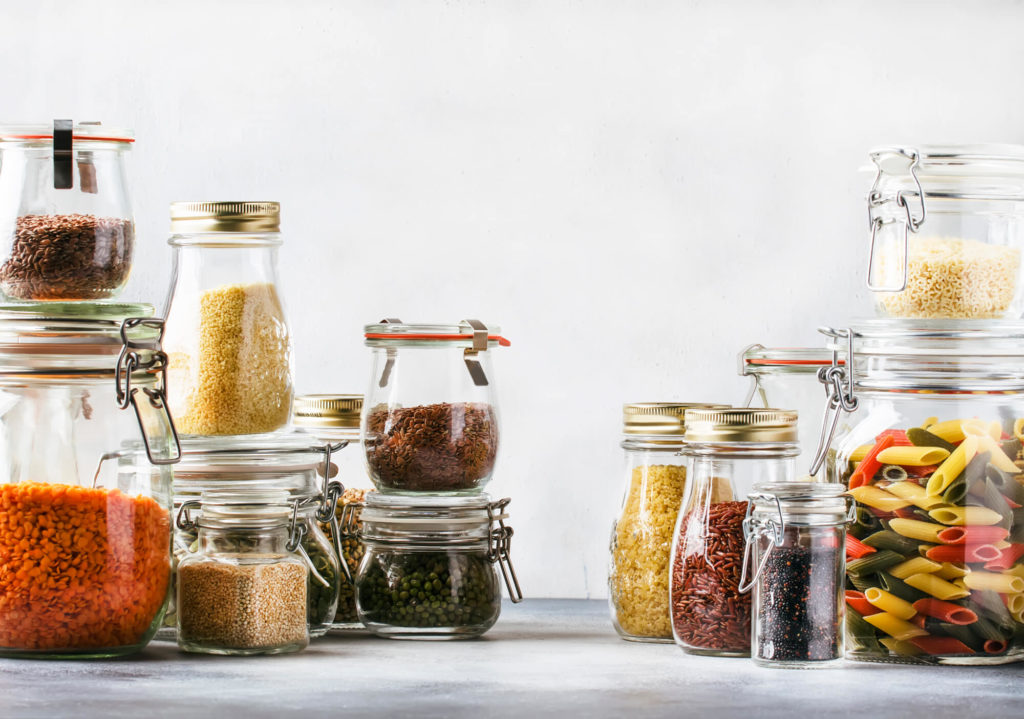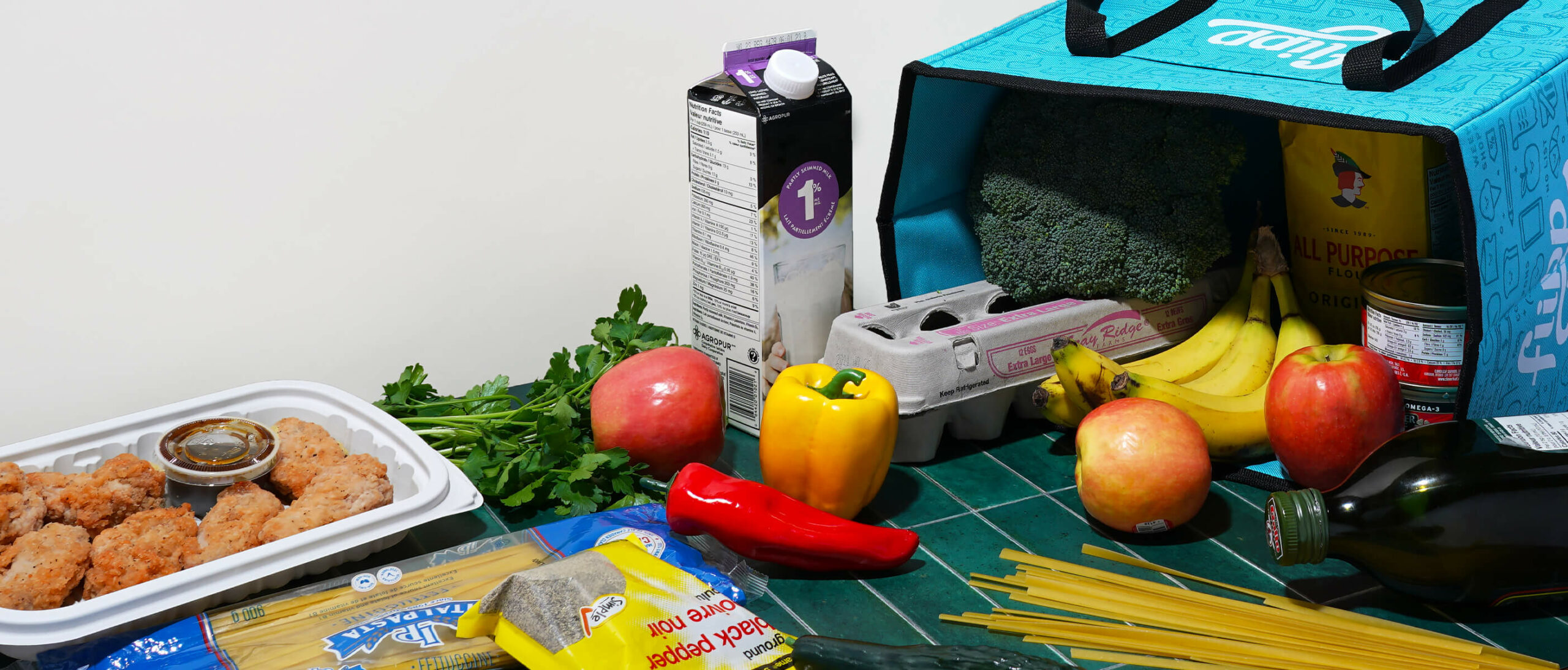If you’re looking for ways to save money on groceries, having your own stockpile of essential items is a smart move. The premise is simple: avoid paying full price by buying more of one thing when it goes on sale. In practice, however, it’s important to keep in mind a few principles to set yourself up for success.
Benefits of stockpiling
Beyond saving money, there are several other added benefits, including:
- You can save by stocking up when items are on sale.
- Fewer last-minute grocery trips on items you regularly use.
- In an unexpected financial situation, you’ll have your stockpile to fall back on, and you can even create an “eat from the pantry” menu.
- In the event of a natural disaster or lockdown, you will be prepared and will avoid the crowds and chaos of last-minute shoppers.
- If you are able to stockpile things at a very deep discount, you can donate items to help others in need.
What to include in your stockpile
Here are common non-perishable items or items with a long shelf life that are worth including in your stockpile.
- Paper products: paper towels, toilet paper, diapers, baby wipes, napkins, facial tissue.
- Household supplies: cleaners, tin foil, plastic wrap, zip-loc bags, laundry detergent, dish soap, dishwasher detergent, batteries.
- Health & beauty: toothpaste, soap, toothbrushes, deodorant, feminine products, lotion, bandages, medicine, vitamins, pain relievers.
- Pantry: cereal, condiments, sugar, canned vegetables, canned beans, canned fish, jarred pasta sauce, rice, pasta, granola bars, coffee, tea, oils, crackers, canned soups, stocks and broths.
- Frozen foods: frozen vegetables, frozen fruit, frozen ready-meals, frozen bread.
How much to buy and how often
Stockpiling is not the same as hoarding, so it’s important to buy things with the intention of using them. The first thing you should do is determine how much of each item your family uses within a month or year.
Focus on one or two items you will stockpile each time you go shopping. Start small, and guide yourself by the sales. If paper towels are on sale this week, buy enough now to last you until the next sale. Most items at the grocery store have a 6–8 week sale cycle, so if you see something on sale now, you can make a safe bet that it will go on sale again in 6–8 weeks. The Flipp app is a great tool to see what’s on sale each week. Before you shop, check Flipp and make your list.
In addition to the weekly sales, tracking yearly sales cycles is another way to plan ahead. For a list of common items that are on sale each month of the year, check out our article 3 Easy Ways to Maximize on Grocery Deals.

How to get the lowest price
To take your stockpiling to the next level, we recommend looking for coupons that can be combined with weekly deals. If an item is already on sale at the grocery store, you can find a manufacturer’s coupon to save even more.
A manufacturer’s coupon is issued by the product’s brand or manufacturer, for example, Green Giant for frozen vegetables. There are usually limits on how many manufacturer’s coupons you can use per transaction, so read the fine print. These coupons can be found on coupon websites, directly on the brand’s website, social media pages, or in the mail.
Another way to maximize your savings is by signing up for a store’s loyalty program. If you’re diligent about accumulating loyalty points, you can eventually use your points to pay for groceries and trim a few extra dollars off your final bill.
Organizing your stockpile
This final step should not be overlooked. Organization will not only help you fit everything at home but also help you effectively use up your items before they expire. Here are our top organization tips.
- Invest in sturdy shelves for your extra pantry, storage room, garage, or even your basement, if you have one.
- Temperature is key. Store your pantry items in a cool, dry place.
- Pay attention to expiration dates. Always put new items behind older ones to ensure you consume the older items first.
- If room in your bathroom is limited, consider investing in a couple of under-the-bed storage boxes for your health & beauty items.
- If space is limited and you don’t have a designated room for your stockpile, store your items all over the house where you will be using them: canned food in your kitchen, paper products in the hall closet, laundry soap in the laundry room, etc…
Ready to start building your stockpile? If you’re up for the challenge, remember the most important points: start small, buy what you use, and stay consistent — over time, you’ll see the savings add up!




















